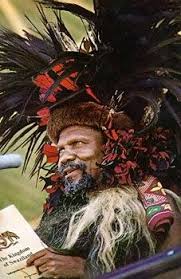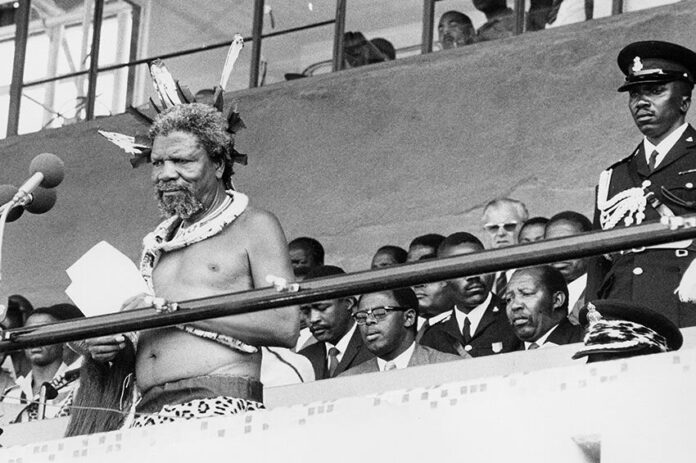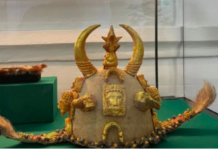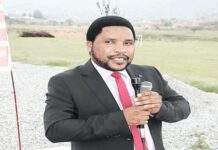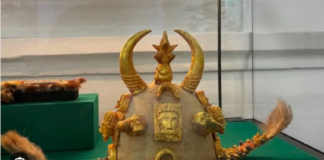
/
RSS Feed
King Sobhuza II was the first ruler of independent Eswatini (formerly Swaziland). He was born on July 22, 1899, at Zombodze in the British protectorate of Swaziland. Sobhuza II, KBE, also known as Nkhotfotjeni and Mona, was the Paramount Chief and later King of Swaziland for an astonishing 82 years, making him the longest-reigning monarch in recorded history.
His parents were Inkhosikati Lomawa Ndwandwe and King Ngwane V. He was given the name Nkhotfotjni. On September 10 the infant was named heir to the throne. Four months later, on December 8 his father died at the age of 23 during the incwala (First Fruits) festival. He ascended to the throne as Sobhuza II at the age of 4 months. A queen regent, his grandmother, Labotsibeni, ruled during his infancy and childhood.
The young king attended the Swazi National School as a child. He later attended the Lovedale Institute in South Africa for secondary school.
King Sobhuza II was installed as a constitutional ruler of the Swazi on Dec. 22, 1921. At the time, Swaziland was one of Great Britain’s High Commission territories in southern Africa. During the colonial period.

The King played a mostly ceremonial role and was revered as the traditional head of the Swazi nation.
In preparation for Swazi independence in the late 1960s, the British hoped to create a parliamentary system with a constitutional monarchy in Swaziland. Lomabanda was opposed to this idea. He and several of his prominent supporters formed a political party, the Imbokodvo National Movement, which won all parliamentary seats in the 1967 pre-independence election.
On September 6, 1968, Swaziland became independent with Sobhuza II as head of state. Over the next few years, Sobhuza II created and equipped a private, secret army. On April 12, 1973, with the support of his private militia,
The King repealed the constitution and dissolved parliament. He now held absolute power in Swaziland.
In 1978 a new constitution was adopted which reflected traditional Swazi culture. An electoral college of 80 members (the Libandla) whose members were chosen by 40 local councils across the country, was established. The local councils are generally dominated by Swazi traditionalists; strong supporters of the monarchy. In 1977 King Sobhuza ll set up a traditional tribal advisory panel, the Supreme Council of State, or Liqoqo.
His Majasty also used traditional social methods to maintain his authority. He was a strong proponent of polygamy. He married into prominent families and is reported to have had at least 70 wives and up to 500 children. At the time of his death, he had over 1,000 grandchildren. King Sobhuza II’s clan, the Dlamini, accounts for almost one-quarter of the population of Eswatini.
